report from PCBC, led lighting
zinnah
16 years ago
Related Stories
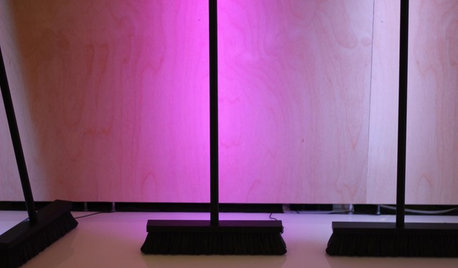
TASTEMAKERSICFF 2012 Report: 10 Visionary Problem Solvers
Sure, pretty is nice, but the best designs improve our lives. These innovative products by students and companies do just that
Full Story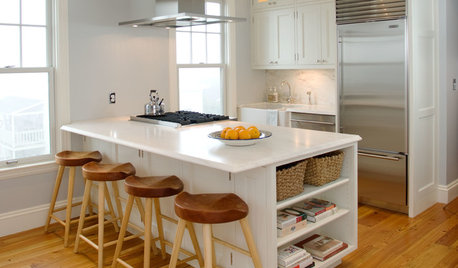
KITCHEN DESIGN20 Kitchen Must-Haves From Houzz Readers
We asked you to tell us your top kitchen amenities. See what popular kitchen features made the list
Full Story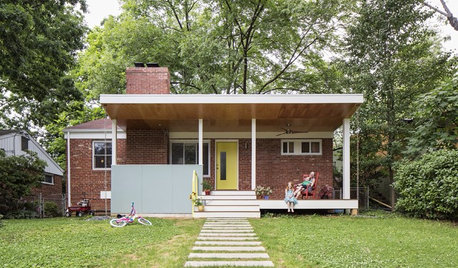
FEEL-GOOD HOMEWhat Really Makes Us Happy at Home? Find Out From a New Houzz Survey
Great design has a powerful impact on our happiness in our homes. So do good cooking smells, family conversations and, yes, big-screen TVs
Full Story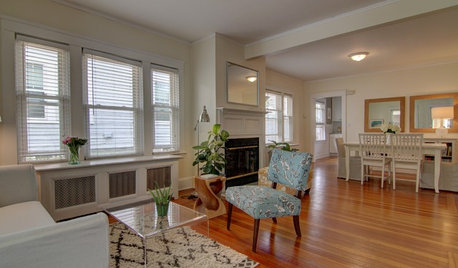
SELLING YOUR HOUSEA Moving Diary: Lessons From Selling My Home
After 79 days of home cleaning, staging and — at last — selling, a mom comes away with a top must-do for her next abode
Full Story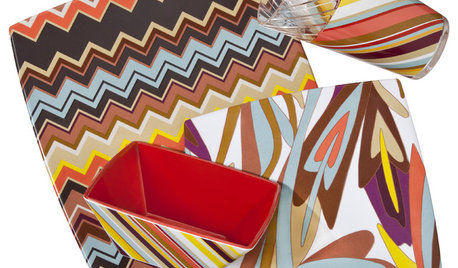
Missoni for Target Collection Debuts to a Shopping Frenzy
Get a look at the colorful collection that led eager shoppers to line up early and crash site
Full Story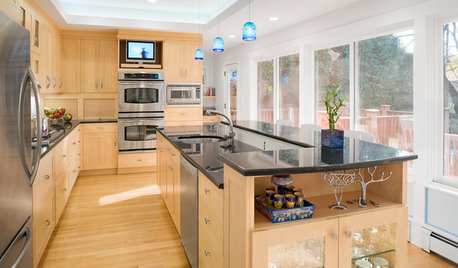
UNIVERSAL DESIGNHow to Light a Kitchen for Older Eyes and Better Beauty
Include the right kinds of light in your kitchen's universal design plan to make it more workable and visually pleasing for all
Full Story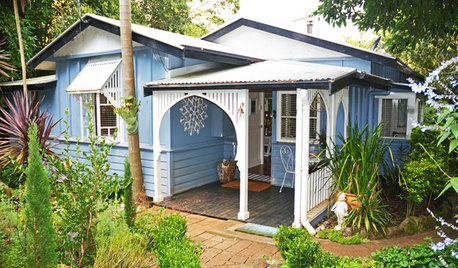
HOUZZ TOURSMy Houzz: An ‘Olde’ Blacksmith’s Cottage Lives On in Style
A chic renovation transforms this 19th-century mountain cottage from dark and dank to light and delightful
Full Story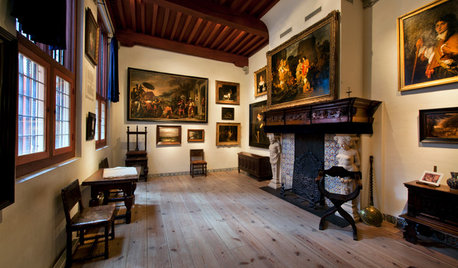
EVENTSHappy Birthday, Rembrandt: Peek Inside the Dutch Painter’s Former House
The famous Dutch painter surrounded himself with expensive artwork and rare antiquities, which led to a foreclosure on his house
Full Story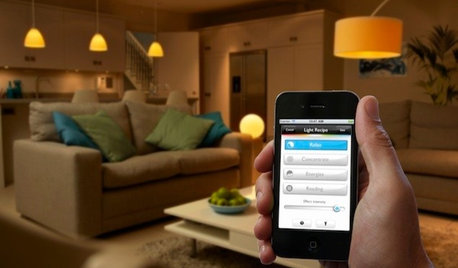
HOME TECHHere's a Bright Idea: Smart Bulbs for Better Lighting
Lightbulbs that can change brightness and color with a cell phone command show flashes of design brilliance
Full Story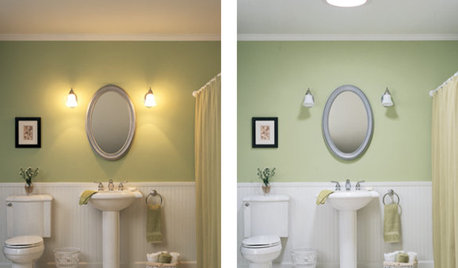
REMODELING GUIDESTubular Daylighting Devices Bring In Natural Light
More advanced and less pricey than traditional skylights, TDDs are the most modern way to let the light in
Full StorySponsored
More Discussions






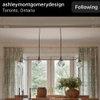

DavidR
Jon1270
Related Professionals
Charleston Furniture & Accessories · Easton Furniture & Accessories · Alpharetta Furniture & Accessories · Detroit Furniture & Accessories · Aspen Hill Interior Designers & Decorators · Fountain Hills Interior Designers & Decorators · Elkridge Decks, Patios & Outdoor Enclosures · Ashland Decks, Patios & Outdoor Enclosures · Dayton Decks, Patios & Outdoor Enclosures · Green Bay Decks, Patios & Outdoor Enclosures · Kansas City Decks, Patios & Outdoor Enclosures · Minneapolis Decks, Patios & Outdoor Enclosures · San Antonio Decks, Patios & Outdoor Enclosures · West Bend Decks, Patios & Outdoor Enclosures · Highland Decks, Patios & Outdoor EnclosureszinnahOriginal Author
DavidR
ready2remodel